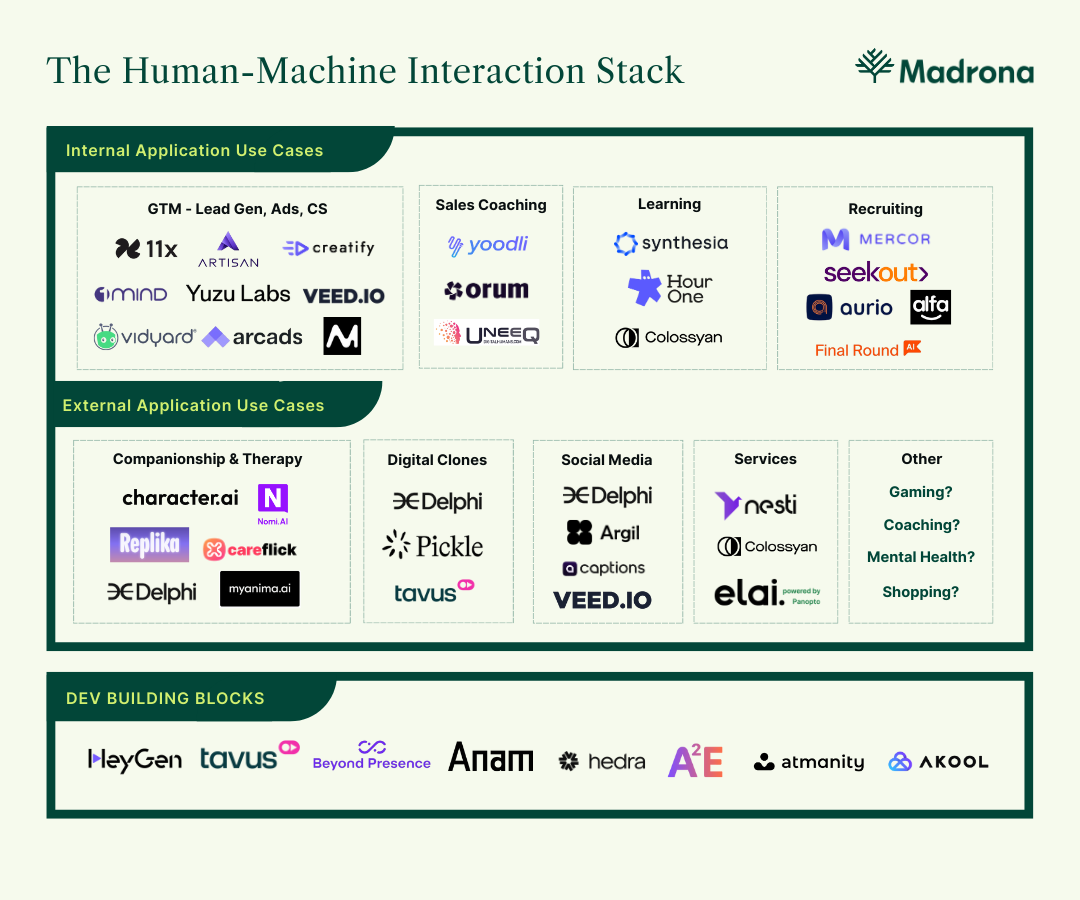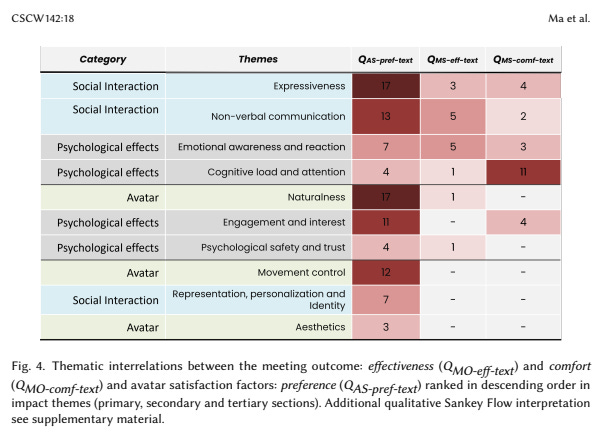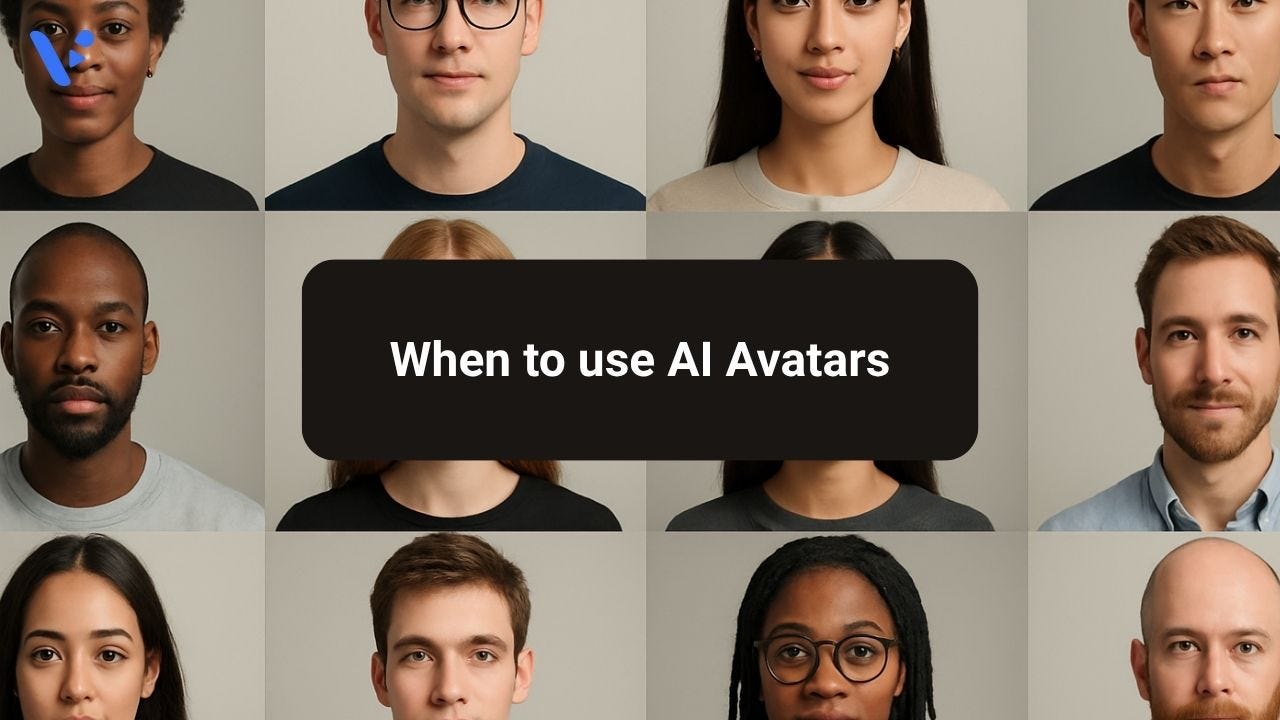The Future of Human–Machine Interaction Part 2: The Application Layer
Moving up the stack in the new age of AI interactivity
In our last post, we explored the infrastructure powering the next era of human–machine interaction. From real-time video to emotional intelligence and persistent memory. Those foundational technologies are now enabling a new wave of applications: AI avatars and replicas that aren’t just proofs-of-concept, but real products delivering measurable value. The question is no longer if avatars will be part of daily life, it’s a question of where they will take hold first.
For years, greater reach almost always came at the expense of intimate connection, resulting in interactions built for the masses, not the individual. Blasting hundreds or thousands of people over text or email with the same generic message is trying, but AI avatars are beginning to change that equation. Instead of replacing human connection, they offer a way to scale connection without losing it. The ability to share your warmth, insight, and perspective more widely, without diluting what makes you effective.
Imagine being able to send your best self into any interaction. The same voice, empathy, and approach you’d bring in person, even when you can’t be there. Whether it’s mentoring a colleague, guiding a client, or teaching a skill, your knowledge and presence can now be available on demand, anytime, anywhere.
These avatars don’t just replicate what you say; they extend how you make people feel. They can listen, respond in your tone, adapt to the person they’re speaking with, and carry the nuances that make your expertise resonate. In this way, AI avatars become more than a productivity tool. They become a warm, curated extension of you.
Internal Application Use Cases
Large enterprises and Fortune 1000 companies are building their own avatars to scale expertise, accelerate training, and strengthen customer relationships. We have seen a lot of AI avatars appear in GTM (use cases around sales, product marketing/demos, and ad generation) and also in learning in development (use cases around sales training, onboarding, and re-skilling and upskilling). So far, the most successful early deployments tend to be scenarios where minimal movement is required from the avatar itself (think: a “Zoom tile” rather than a fully animated character), which reduces complexity and cost while maintaining presence. Here are a few of the use cases we’re keeping an eye on:
Sales: Top-performing sellers are training AI replicas to mimic their style, tone, and domain knowledge. These avatars can deliver product demos, handle objections, and personalize pitches for every prospect, all while integrating into CRM systems for context. A single seller can now engage hundreds of leads in parallel, with each interaction feeling bespoke. Companies like Yuzu Labs, 11x, Artisan, and more are working on this.
Customer Success: AI avatars ingest knowledge from wikis, ticket histories, and product documentation to answer questions, onboard customers, and even proactively recommend new features. In high-touch industries, they can maintain the warmth and rapport of a human CS manager while operating at scale.
Marketing: From influencer campaigns to hyper-personalized outreach, avatars can record and adapt videos on demand for different audience segments. Platforms like Veed and Creatify are enabling marketers to produce localized, personalized campaigns without reshoots, reducing both cost and turnaround time.
Learning & Development: Training modules no longer need to be static. Onboarding an employee or reskilling a team member becomes a two-way interaction: the avatar teaches, pauses for questions, adapts examples, and even quizzes in real time. Companies like Synthesia, Colossayan, and HourOne are working on this.
Recruiting: Recruiting avatars can conduct initial screenings, answer candidate questions about culture and benefits, and adapt their line of questioning based on responses. AI avatars can help candidates train for upcoming interviews and can help employees complete an end-to-end interview loop (e.g., Mercor, Seekout, and FinalRound AI). Top of the funnel can now be increased significantly and human recruiters are then freed to focus on relationship-building with the best-fit candidates.
External Consumer-Facing Use Cases
The second front is where we expect the most disruptive, net-new companies to emerge. These applications simply didn’t exist before it was possible to interact with a lifelike, emotionally intelligent AI in real time.
Companionship: From Gen Z using AI avatars for dating and friendships (e.g., CharacterAI, NomiAI) to elderly users seeking daily conversation (e.g., Careflick), companionship is one of the most emotionally resonant use cases. These avatars can remember preferences, sustain long-term dialogue, and provide an empathetic presence.
Therapy & Mental Health: Therapeutic avatars can deliver non-judgmental, always-available support, whether for personal therapy or couples counseling. Persistent memory allows for ongoing progress tracking, while emotional attunement makes the interaction feel safe and supportive. We are early days of seeing avatars emerge here. Many of the current applications like Mindsera offer chatbot and voice bot style applications, but we likely will begin to see avatar comms emerge given the human element of therapy is so important. Other companies like Slingshot AI are emerging around mental health and we could see them also using AI avatars.
Coaching: Sports, career, leadership. Avatars can provide targeted, feedback-driven coaching with the nuance of a human mentor. Imagine a public speaking coach who observes your tone and gestures, then gives tailored tips in real time (e.g., Yoodli) or a more personalized life coach that understands your goals and needs for progressing to the next step.
Social Media and Digital Cloning: Influencers are beginning to clone themselves so they can “meet” fans, respond to messages, and record custom videos, all without being physically present. This creates a new kind of scalable parasocial relationship. Other uses of digital cloning allow you to be in two places at once and can allow you to share your knowledge with the world in a scalable way. Companies like Delphi, and Pickle are working on this.
Shopping: Retailers could greet customers with personalized avatars who remember past purchases, style preferences, and even negotiate offers. This can actually be on every website! Or, let your own avatar act as your shopping proxy.
Gaming: Game worlds will soon be populated with avatars who behave like persistent, evolving characters that are learning from player interactions and building relationships over time.
Digital Personas (Video + Voice + Text) > Individual Modalities In Many Use Cases
In high‑stakes environments like therapy, education, and coaching - where trust, rapport, and emotional nuance are essential - digital avatars (which interactively combine video+voice+text) deliver tangible advantages over voice‑only or text‑only agents.
A powerful example comes from avatar therapy used with patients experiencing distressing auditory hallucinations. In a randomized controlled trial outlined in a paper titled “Nods of Agreement”, the approach where patients engaged in dialogue with a digital representation of their inner voice led to rapid and substantial reductions in hallucination frequency and emotional distress, outperforming traditional supportive counseling after just 12 weeks. In summary, webcam-animated avatars “improved meeting effectiveness over the picture modality and were also reported to be more comfortable and inclusive than both other modalities.”
In education, avatar presence has also shown benefits; even if early results are mixed, the potential is noteworthy. One study explored AI‑based teaching avatars, which adaptively tailor instruction to learners' context and pacing, resulting in improved knowledge retention compared to static formats. More compellingly, augmented reality language learning platforms (a not too distant cousin of avatar‑mediated interaction) improved retention significantly: students scored 7% higher on same‑day recall and 21% higher on four‑day delayed recall compared to traditional flashcards.
These examples show that in many use cases, digital avatars are more effective than individual modalities alone. Of course in some use cases text-only or voice-only agents are not only more convenient but also preferred (e.g. customer service, filling out forms, etc.). And we can never discount the benefits of human-to-human, real-world interactions (still preferred in the majority of use cases!). But with recent advances in AI and the underlying voice/video/text infrastructure, digital personas are more “real” than ever.
Not Without Challenges
While interactive digital personas hold much promise, it is certainly not without its challenges and risks, which we categories in three main buckets: technical, social, and ethical.
Technical risks
Crossing the Uncanny Valley: Avatars are close to, but don’t look 100% human just yet. Users may find this experience unsettling and prefer to fall back to another modality that they have more trust in, at least today.
Contextual understanding: Digital personas need to respond not just with words but with emotionally congruent expressions. For example, smiling while delivering bad news creates dissonance and erodes credibility. Some apps are better than others here.
Social risks
Privacy and data: New technological frontiers come with new privacy and data challenges. If we are continually conversating with digital personas, what data can and should they collect? If we expose sensitive emotions to these personas, how might that information be used?
Norms of communication: The availability of always-on, human-like AI avatars could blur the boundaries between “real” and “digital” interactions and change how we expect to communicate with others (e.g. expecting 100% responsiveness and emotional “perfection” from friends, family, and coworkers).
Ethical risks
Emotional manipulation → What happens if/when avatars are deliberately designed to exploit psychological vulnerabilities? Perhaps we may feel “safe” from conveying sensitive information over text or a call, but will those boundaries change when we are in a deep conversation with a potentially manipulative digital persona?
Human replacement? → Perhaps the biggest question in all of this is what happens if AI takes the place of human-to-human contact, something that has been key to human evolution over thousands of years. We are already hearing about the emerging problem of “AI psychosis”, where AI chatbots amplify, validate, or co-create psychotic symptoms with individuals. If AI psychosis is happening even with chatbots, what about with near lifelike companions?
In Conclusion..
The application layer is where a lot of the value will accrue. It’s not just in replacing human interactions, but in creating new kinds of interaction entirely. In the same way SaaS transformed back-office workflows, avatar-first applications could redefine the “front office” of both companies and our personal lives.
The next decade of human–machine interaction won’t be defined solely by the sophistication of the underlying models, but by the creativity of the applications we build on top. We are not just designing tools; we are designing presences, companions, colleagues, and co-creators that will inhabit our digital and physical worlds.
The companies that learn to blend technology with the nuances of human connection will set the tone for how we work, learn, and relate in the years ahead.







I loved this promise "Imagine being able to send your best self into any interaction" - now imagine that companies can always send "their best self" (i.e. the knowledge of the founder, etc) into any interaction with their prospects and customers. How great would it be for both sides.